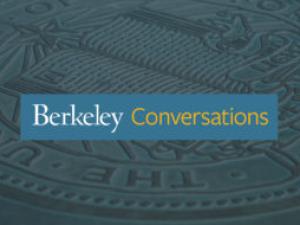

Research Expertise and Interest
cognitive neuroscience, neural mechanism supporting attention, emotions and their interactions, individual differences in cognitive control and emotional responsivity; neural substrate of anxiety; genetic factors modulating recruitment of cortical control and limbic affective mechanisms
In the News
COVID-19: Mental health and well being for ourselves and our children
What use is worry? Psychologist explains anxiety’s pros and cons
Featured in the Media
In the midst of the coronavirus pandemic, people are rushing to stores on "panic-buying" excursions, and evolution explains the phenomenon. Associate psychology and neuroscience professor Sonia Bishop studies how anxiety affects decision-making, and she suggests that the current situation is a textbook case of that. Referring to inconsistent messaging from the government, media, and public health authorities, she says, "We're not used to living in situations where we have rapidly changing probabilities." Ideally, she says, we should be taking the so-called "model-free learning" approach to assessing our risk in the face of uncertainty. That means trial and error -- using our personal experiences to gradually adjust our estimates of how likely something is to happen, how bad it would be if it does happen, and how much effort we need to put into preventing it. She says that when we don't have a model for how to cope with a threat, many people turn to model-based learning, a framework in which we either try to recall examples from the past or simulate future possibilities, and that's where "availability bias" creeps in. According to the reporter: "When we've heard or read about something a lot -- for instance, a plane crash covered extensively in the news -- it becomes so easy to imagine oneself in a plane that's crashing that one may overestimate the risk of flying. 'It's that ease of simulating that scenario that then overwhelms our judgements of the probability,' Bishop says."

